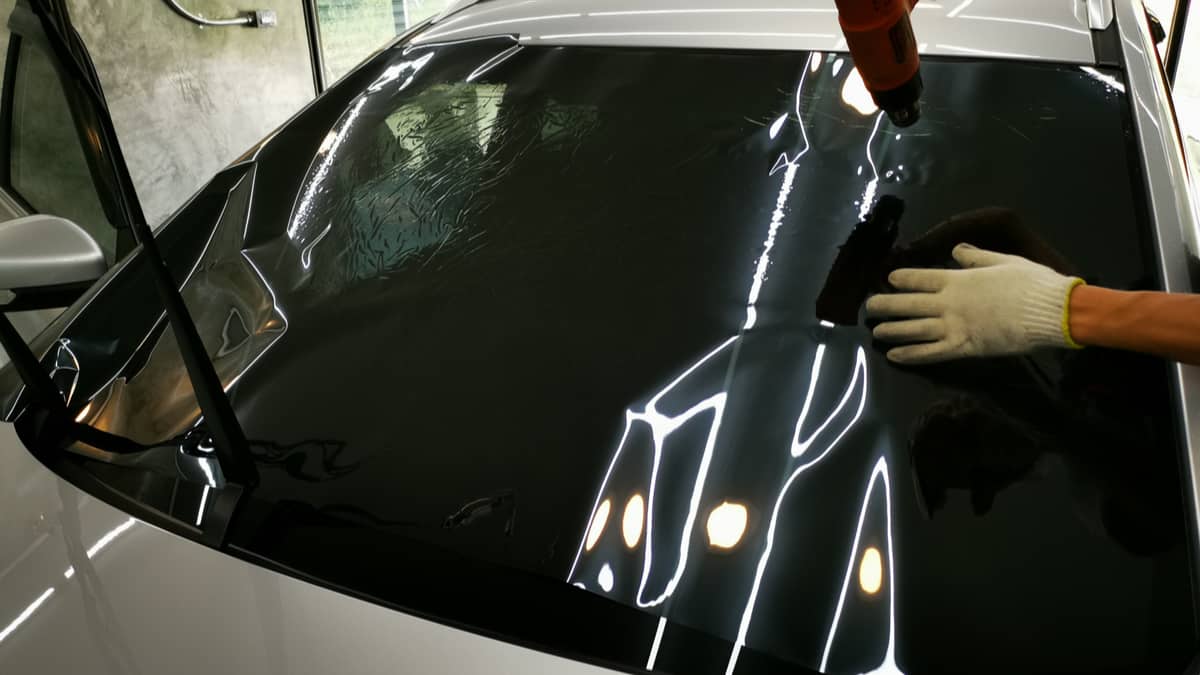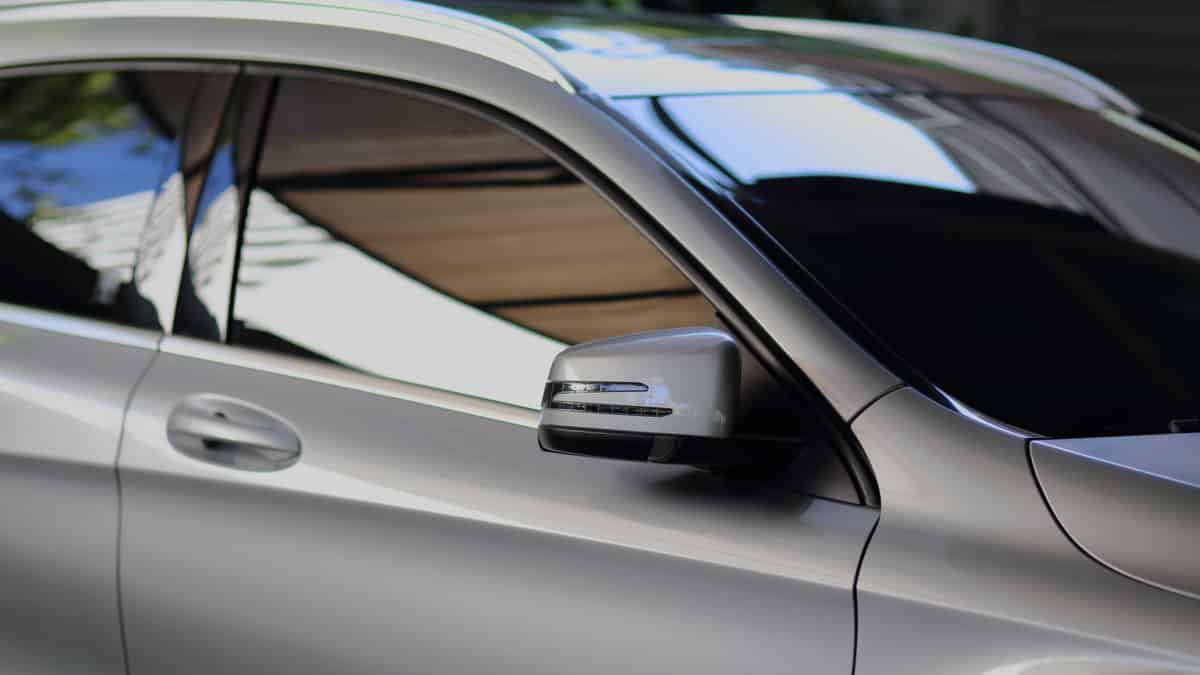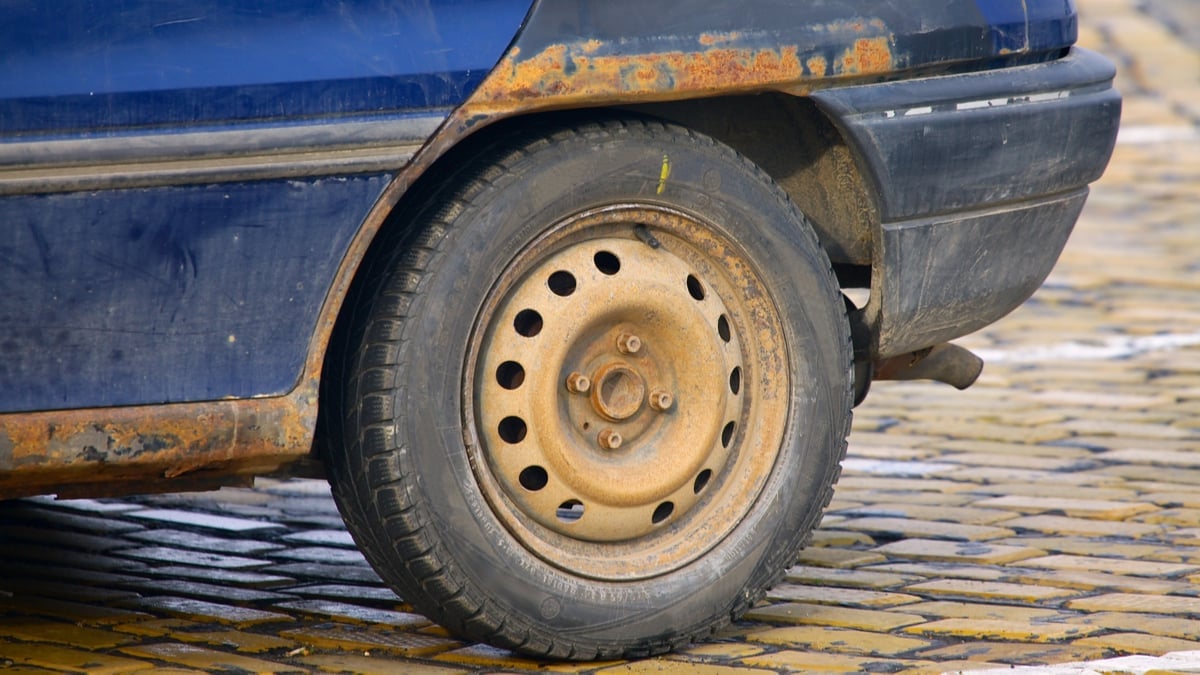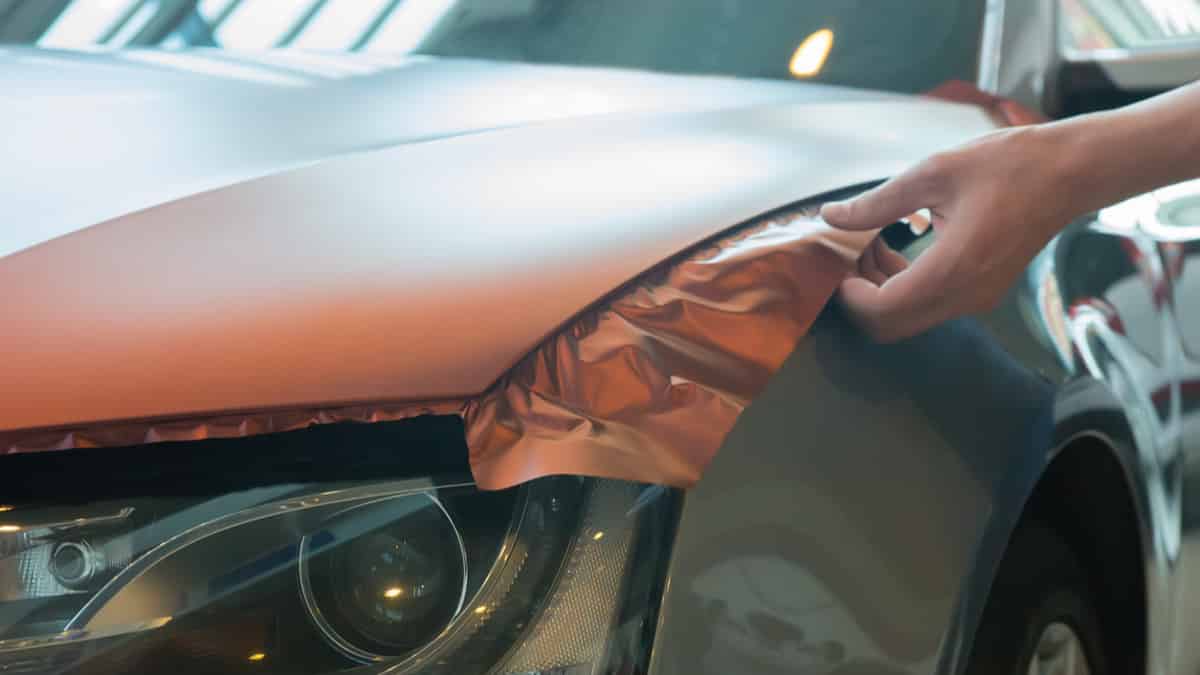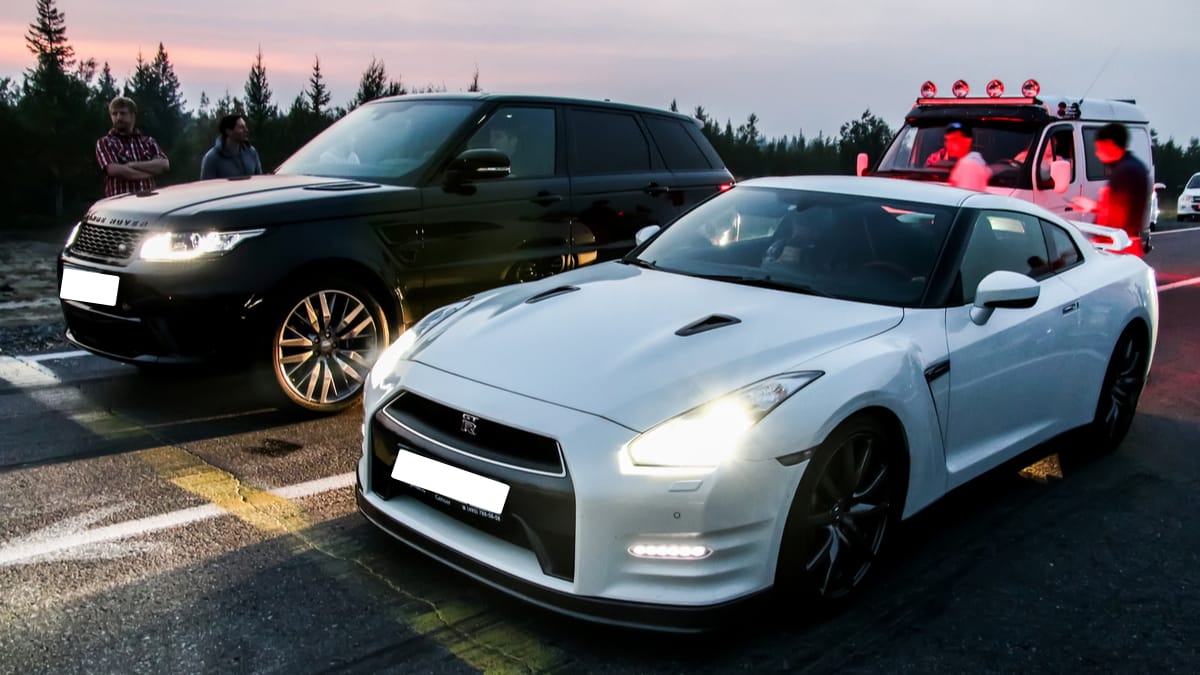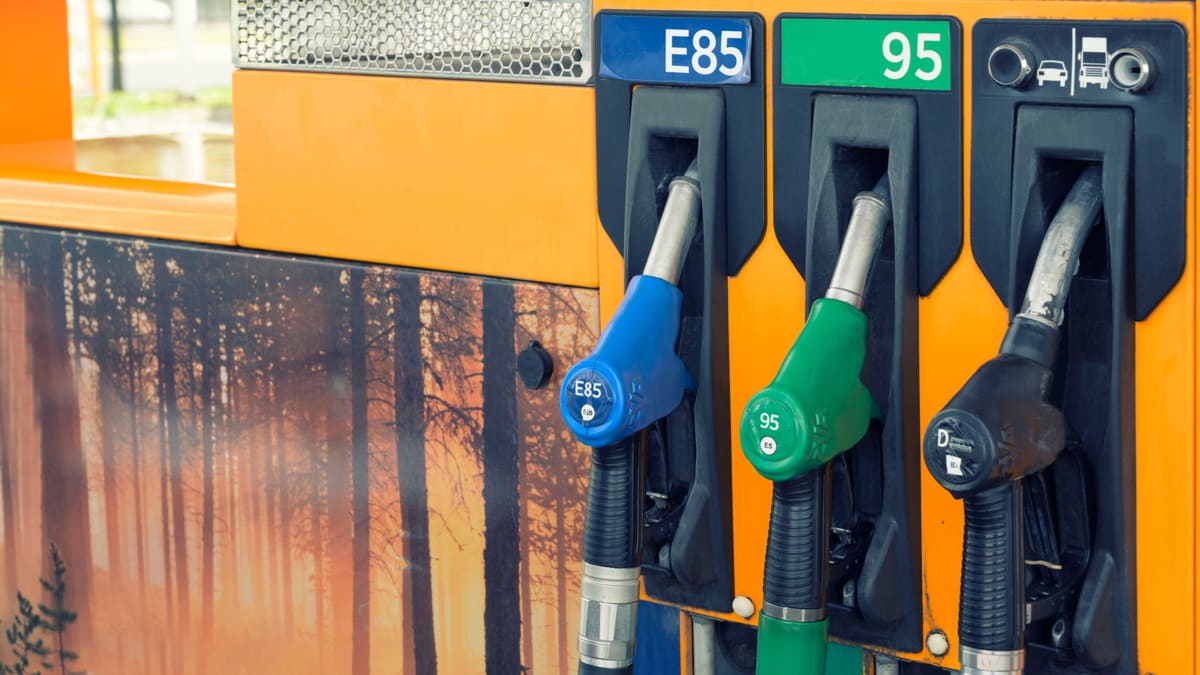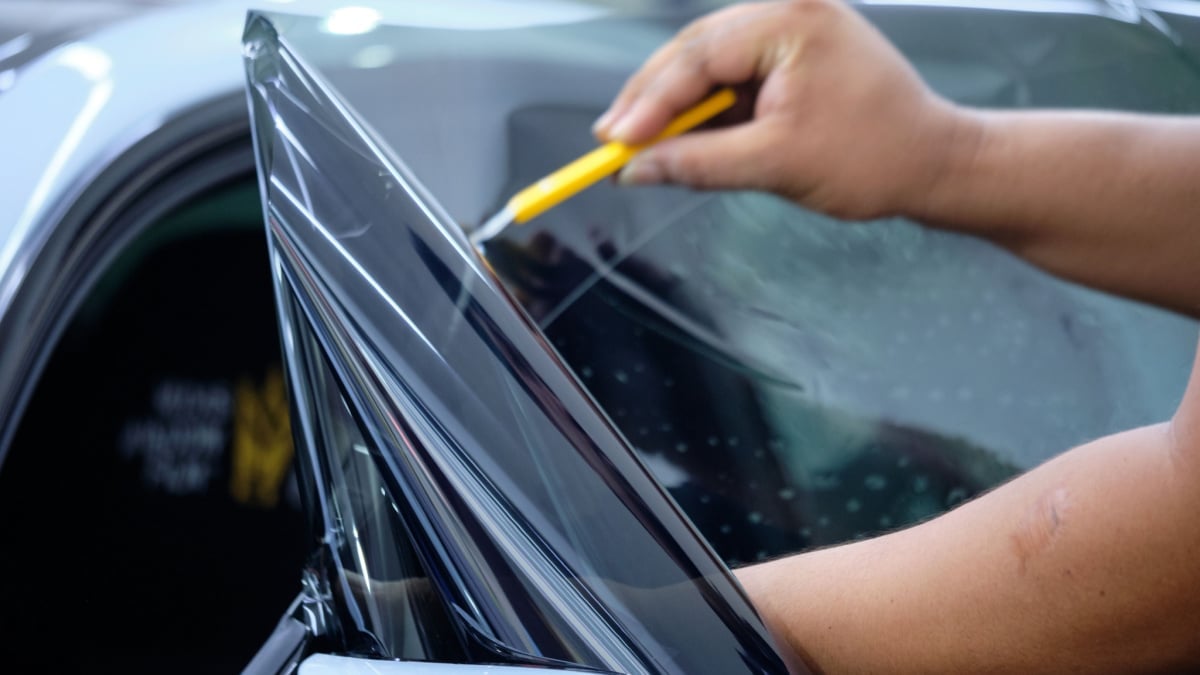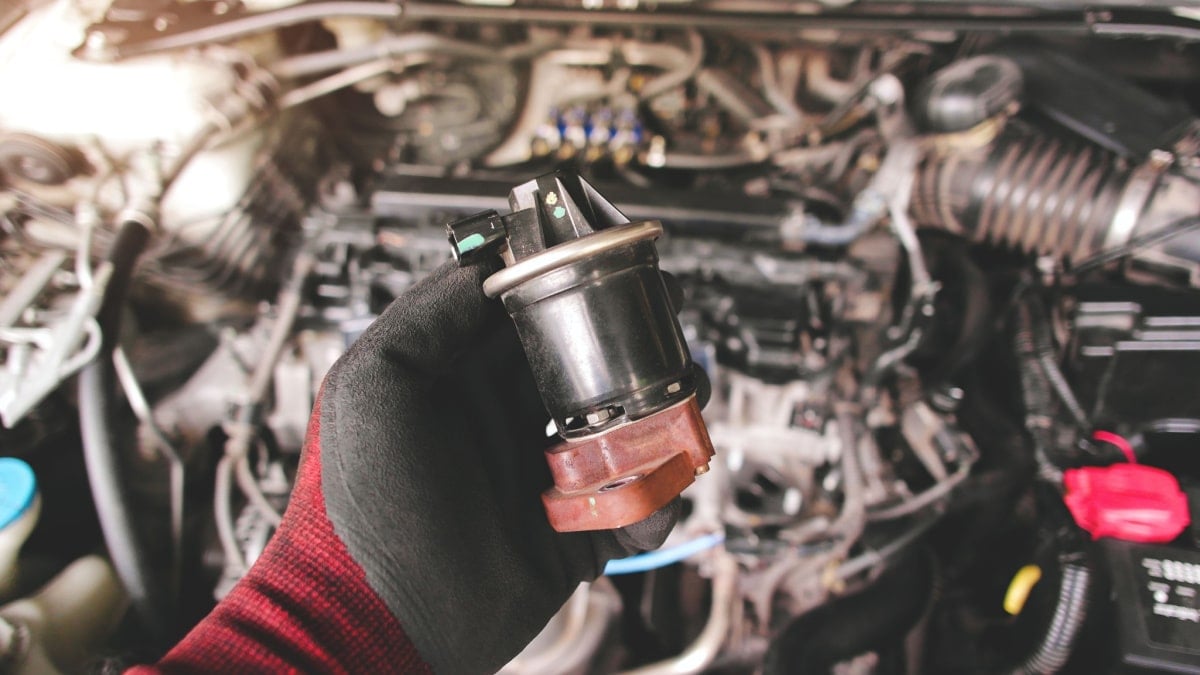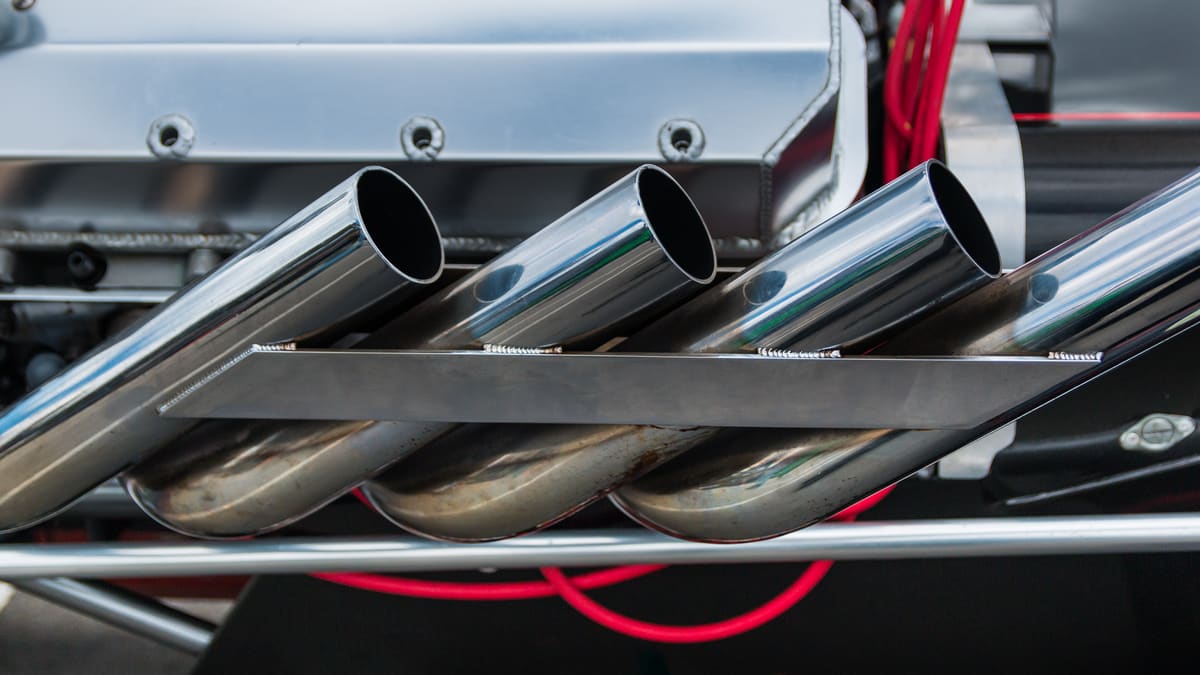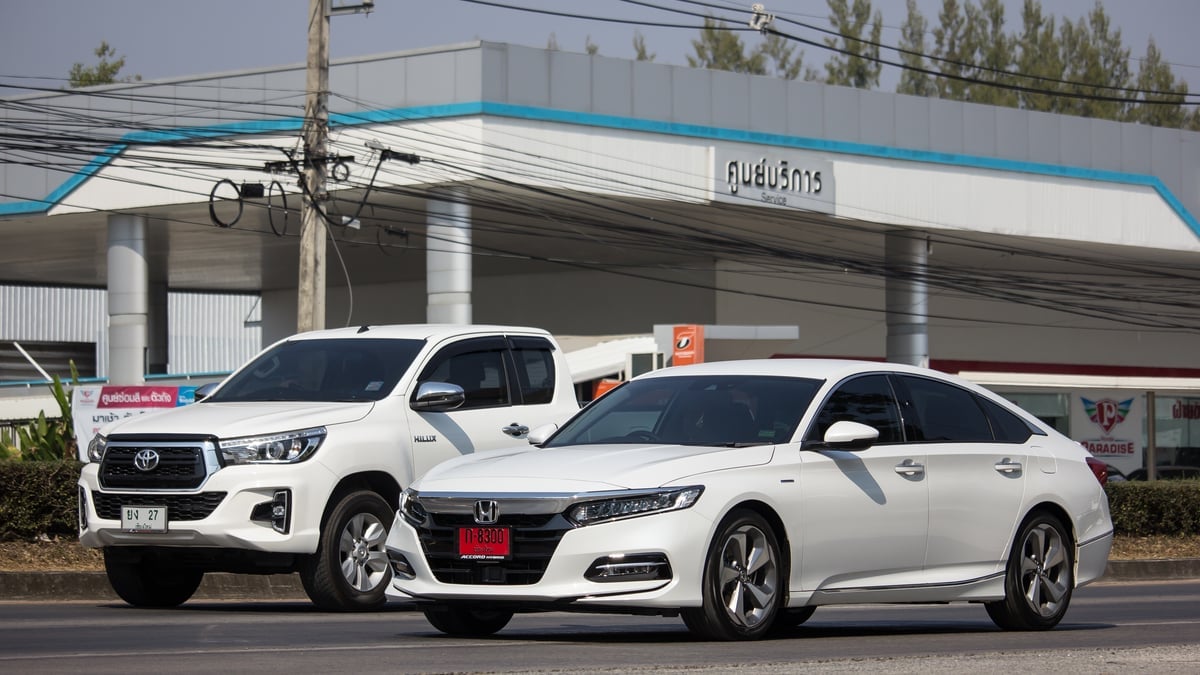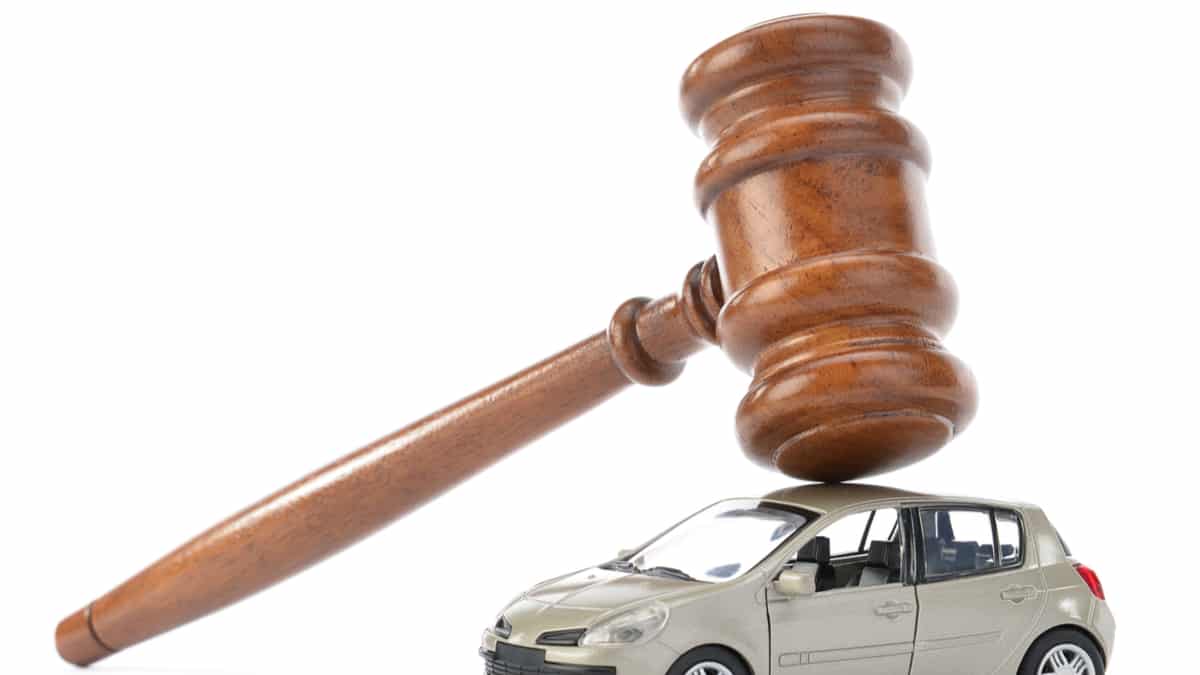Whether you want less sunlight shining in at you while you are driving or you just want your vehicle to look cooler, tinting your windshield could be a possibility. Of course, it’s not a legal practice in all states, so you need to check the laws carefully.
In this guide, we cover the reasons to tint your front windshield and give you some that might change your mind. Plus, we look at the legality of this practice in several states.
Why Would You Want A Windshield Tint?
If tinting the windshield is legal in your state, it offers you a little more privacy and security. Plus, it lowers the temperature of the vehicle and protects you from UV rays. However, tinting the windshield reduces nighttime visibility, it can fade and you could end up with costly tickets if done unlawfully.
However, before checking out the pros and cons of a windshield tint, we need to look at the legal aspect before.
Tinted Car Front Windshield Laws
Here are some laws about front windshield tinting in some states. Always double-check with your government for the current up-to-date law before making any modifications to your vehicle.
1. California
In California, the windshield tint laws match the same requirement as the front side windows. Both must be 70% VLT or higher. This measurement means that at least 70% of light must shine through.
However, the state has no restrictions on the tint level for the back or rear windows. The only law is that when the rear window is tinted, there must be dual side mirrors installed on the vehicle.
2. New York
As with California, New York also has a law stating the windshield can be tinted to 70% VLT. However, non-reflective tint measuring any darkness level can be used on the top six inches of the windshield without restrictions.
As for the rest of the vehicle, the front side windows can also be tinted with 70% VLT. This is the same requirement for the back side windows. You can tint the rear window as dark as you want but will need to use dual exterior mirrors.
3. Texas
On the windshield in the Lone Star States, you can only darken the top five inches or above the AS-1 line with a 25% VLT tint. This is the same measurement allowed on the front side windows.
However, the state allows any level of tint on the back side windows. The same is true on the rear window if using dual side mirrors. Otherwise, the rear window can only be tinted to 25% VLT.
4. Florida
The Sunshine State makes it difficult to cut down on rays through the front windshield. In fact, the law states that you can’t tint the windshield at all unless you have a medical exemption.
Additionally, the front side windows must permit 28% VLT, while the rear side windows can be tinted to 15% VLT. However, there are some classifications of vehicles that allow for 6% VLT on the back windows, so it’s something to look into if you want to go darker.
5. Pennsylvania
On the top three inches of your windshield in Pennsylvania, you can use any tint darkness. Other than that, it must allow 70% VLT or more.
With the front side windows, the same 70% VLT restriction is listed. However, the back side windows and rear window can be tinted as dark as you want without any noticeable restrictions.
How Much is the Fine for a Tinted Windshield?
If you have tinted the windshield or other windows too dark for your state laws, expect to be pulled over. For your first offense, you might get a warning instructing you to remove the tint. However, you could also get a fine, costing as little as $25, depending on the state.
If you choose not to remove the tint, you could get more tickets, which only go up in price for each offense. When you factor in court costs, you could easily end up paying $300+.
What’s worse is what the police can do after pulling you over for the window tint. The cops will be much more critical of your vehicle and your driving style, leading to possible other charges. Your best bet is to stick to the appropriate tint level to avoid these frustrations.
Windshield Tint Medical Exemptions
There are some valid medical reasons why someone would need to tint the windshield darker. Here are a few that would qualify for exemptions:
- Photosensitivity
- Lupus
- Melanoma
- Sunlight allergy
If you suffer from a condition that restricts how much sunlight you are exposed to, you want to research the state laws. With the right documentation from a doctor, you can beat a ticket. However, your medical exemption won’t stop you from getting pulled over because the cops won’t know you have the exemption until they talk to you.
With the documentation, make sure your physician lists how much sunlight you must avoid, preferably by the VLT restriction. You also want it to list what vehicle or vehicles are covered.
RELATED: Is Nitrous Legal in Cars in the United States?
Tinting Your Windshield Pros
1. More Security and Privacy
The main reason people choose to tint the windshield is to increase the cabin’s privacy. When the windows and windshield are tinted, it’s much harder for people to see inside the vehicle.
If you carry valuables in your vehicle, even a small amount of tint can help protect what’s inside. Of course, you should also stow the valuables away where they are out of sight.
2. Protection from UV Rays
You stay out of the sun to protect your skin from damaging UV rays, but you get a lot of exposure when you are driving in the car. The sun’s rays shine right through the windshield, which can be very damaging if you spend a lot of time behind the wheel.
However, front windshield tint cuts down on the UV rays. You can easily protect yourself from skin cancer and keep wrinkles at bay.
3. Lower Interior Temperature
In the summer, you want to do everything possible to keep the interior of your car as low as you can, especially if you live in the hot, humid south. With tinted windows, you can dramatically reduce how much heat is soaked in by cutting down on the sun’s rays.
Depending on what type of tint you use, it’s possible to reduce the heat by up to sixty percent. When you combine these efforts with a powerful air conditioning system, you are sure to be cool and comfortable, even in the hottest climates.
Tinting Your Windshield Cons
1. Nighttime Visibility is Reduced
During the day, windshield tint helps to cut down on UV rays, allowing the cabin to be slightly darker. That same effect could backfire during nighttime travel.
Visibility can be dramatically reduced at night, especially if you are driving down rural roads. Without the proper amount of visibility, you have a higher chance of an accident because of the difficulty navigating or seeing things early enough. To avoid this problem, you should choose the lightest possible tint that fits your needs.
2. Fades Over Time
If you are trying to save money on the tint job, you might opt for a low-quality tint at first. While this saves you a buck or two per roll, you aren’t going to be happy in a few years.
That cheap tint is going to fade very quickly, leaving you with drab-looking coverage. You will probably end up replacing it far sooner than you would have had you chosen something higher-quality, so keep that in mind when you choose a brand.
3. Might Not Be Legal
Every state has its own laws surrounding windshield tint, as well as what can be used on the windows. In fact, in some states, you can’t tint the windshield at all.
If you tint the windshield illegally, you could end up with fines. That’s why it’s important to research your state laws before tinting any window on your vehicle. We investigate five of the largest states and the laws below.
RELATED: How to Remove Window Tint (4 Easy Methods)
Measuring Window Tint Darkness
How is window tint measured? All automotive tint is labeled with the percentage of visible light that can pass through the window with the tint installed. This measurement is known as the visible light transmission or VLT. The lower the VLT percentage is, the less light can transmit through the auto glass.
VLT is measured with a tint tool that is placed on both sides of the windows. It measures how much light shines through when the tint is installed. This measurement is always listed as a percentage. If the number is higher, more visible light can pass through than one with a lower percentage.
Categories: Cleaning & Detailing
